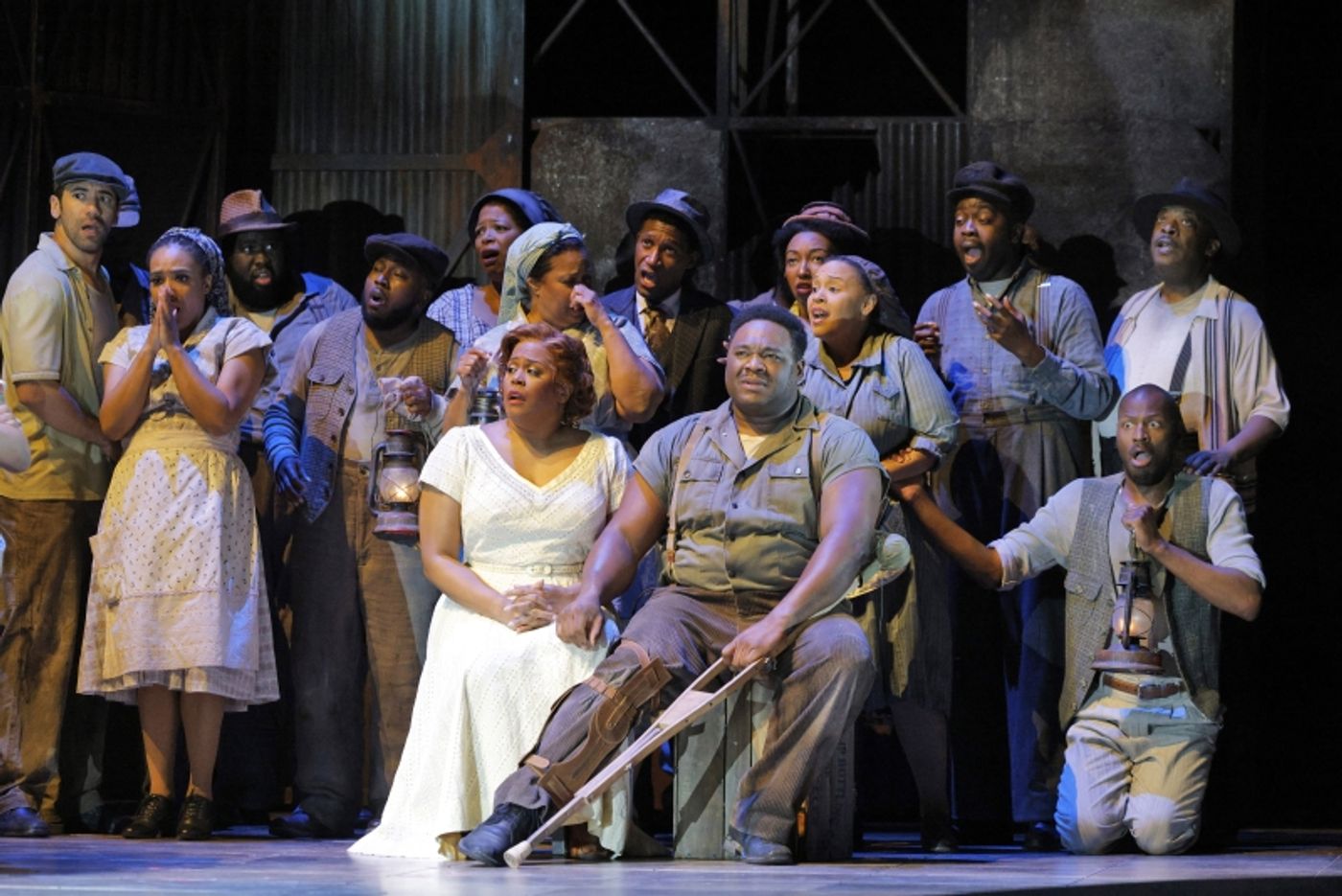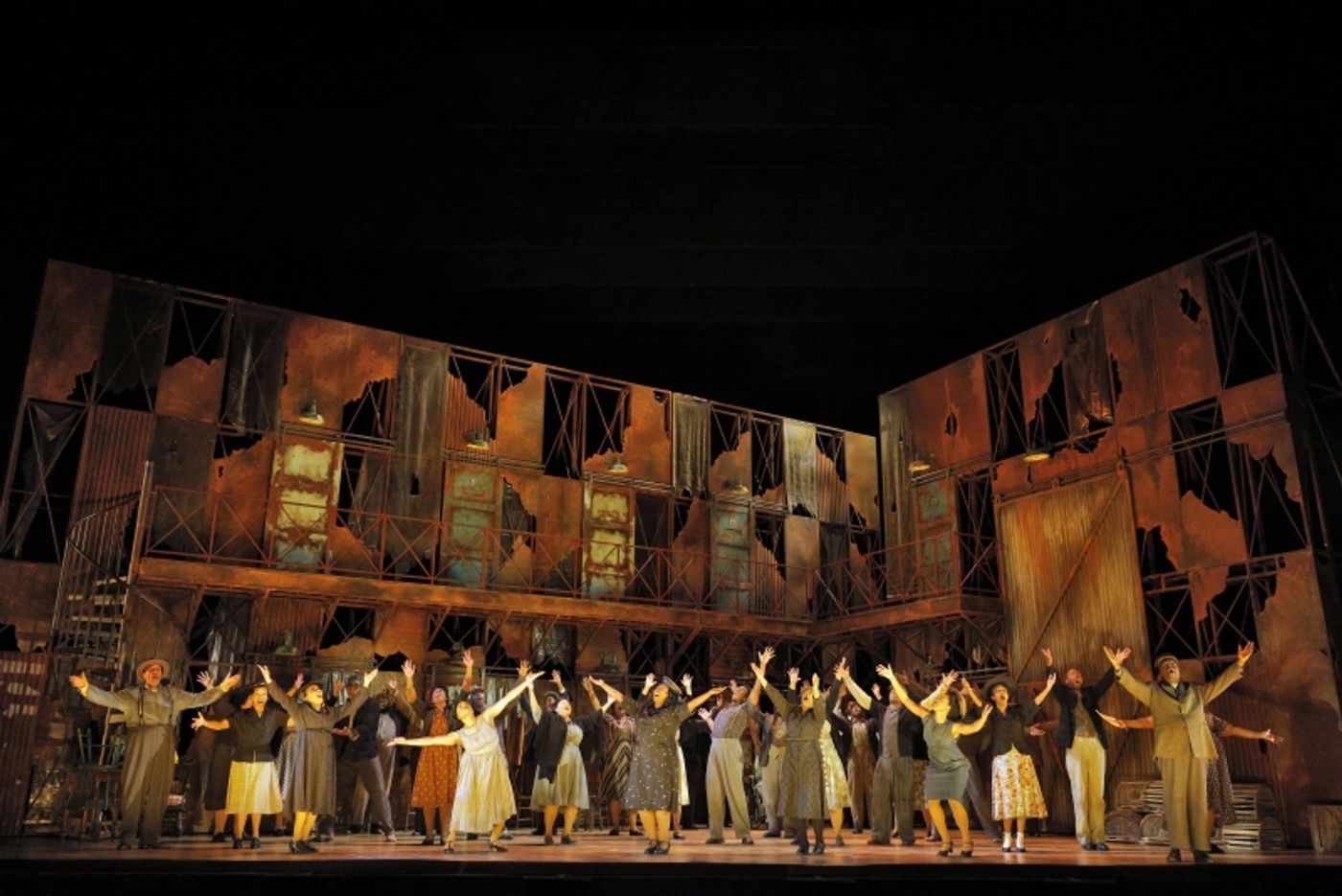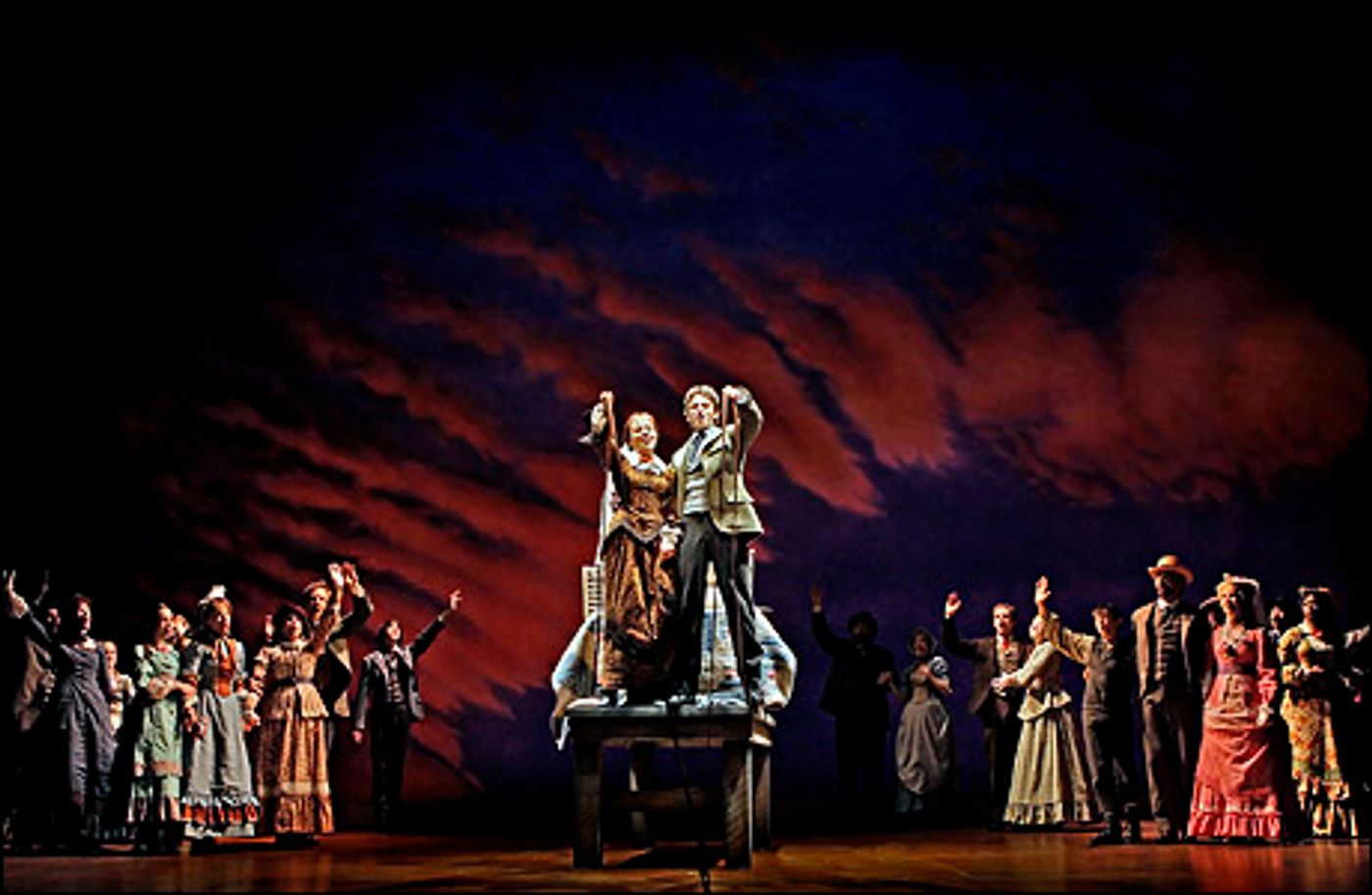Interview: Theatre Life with Francesca Zambello
WNO's Artistic Director on her staging of Porgy and Bess and more.

Today’s subject Francesca Zambello is currently living her theatre life as the Artistic Director of Washington National Opera (WNO). She has been in the position since 2012. Her production of Porgy and Bess begins performances this evening in the Opera House at Kennedy Center where it will play through May 31st.
Francesca is responsible for many of WNO’s most memorable stagings. Past credits include Of Mice and Men (debut in 2001), Fidelio, Billy Budd, Porgy and Bess, Salome, Show Boat, The Force of Destiny, the world premiere children's opera The Lion, the Unicorn, and Me, Florencia in the Amazon, The Little Prince, Dialogues of the Carmelites, Dead Man Walking, Aida, and Candide. In the spring of 2016, she also directed WNO's first-ever complete Ring cycle, and brought the production to San Francisco Opera in 2018, both to great critical and public acclaim.
For twelve years she was the Artistic and General Director of Central New York’s famed Glimmerglass Festival. She also served as the Artistic Advisor to the San Francisco Opera, and as the Artistic Director of the Skylight Theater.
Francesca’s directing credits are not limited to opera. On Broadway she directed Disney’s The Little Mermaid and regionally she directed the national tour of the musical version of Little House on The Prairie. In the West End she directed productions of Show Boat, and Lady in The Dark.
Offstage, Francesca’s Broadway producing/associate producing credits include The Trip to Bountiful and Ann.
For those that are musical theatre lovers but think opera is not for them, I highly urge you to grab some tickets to WNO’s production of Porgy and Bess. It’s a very good introduction to the world of opera because many of its pieces are musical theatre in tone. From there, you can work your way up to The Ring Cycle.
Francesca Zambello is a master of her craft and is truly a force of nature in the opera world. Her passion of bringing opera to the masses is a testament of her talents. I also really appreciate that WNO offers a family opera so all audience members of all ages can be introduced to one of our oldest art forms.
Francesca Zambello is truly living both her theatre and opera lives to the fullest.
Had you been doing something else in the arts before becoming a director?
I wanted to be a director as early as high school. In college, I earned a degree in liberal arts, but I also directed shows throughout my time there, even starting a theater company. During my 20s, I was an assistant director to various mentors in the USA and abroad.
Where did you receive your training?
I do not have formal training as a director. I played the piano growing up and learned French, Italian, German, and Russian. I then learned through working with leading directors and gaining hands-on experience. I was fortunate. A director named Jean-Pierre Ponnelle took me all over Europe as an assistant. Concurrently, I became the co-artistic director of the Skylight Theater in Milwaukee in my late 20s. There, I learned about season planning and casting, while also directing several shows a year. It was an amazing education.
What was your first professional job as a director for opera?
My big break, as it were, came at the Houston Grand Opera. I was given a new production of Fidelio because another director had been let go. Most people hate going into situations like this. I had a similar situation in Venice at Teatro La Fenice; a director fell ill, and I was given the break. Both shows went well and led to other shows. I found it was much easier to secure directing jobs in Europe than in the USA during the 1980s and 1990s.

current production of Porgy and Bess.
Photo by Cory Weaver.
Can you please tell us what makes WNO’S production of Porgy and Bess different from other stagings?
In the two decades since I first created this production, we have navigated life-changing events outside the theater. As I traveled with this production, the fears and hopes of the Catfish Row community often seemed to mirror the emotions we were experiencing in real life. I remember being in our first rehearsals in Washington, DC, at the time of Hurricane Katrina, which gave new weight to the pivotal scene in which Jake and Clara were killed in a storm. In the production’s second outing, at the Lyric Opera of Chicago, Barack Obama was elected president the night of our dress rehearsal, a real-life amplification of the hope that suffuses the opera’s final moments. The entire cast went to Grant Park to celebrate as Obama accepted the nomination. Each time our WNO production traveled—to Atlanta, Seattle, Los Angeles, Cooperstown, San Francisco—we found something in the lives of these characters that seemed to resonate with current events. And now, I am thrilled and honored to bring the work to our WNO audiences after a long absence. Porgy and Bess is often called “a folk opera,” it offers a powerful story of individuals in a community. In a community, as in a biological family, individuals have a unique capacity to affect each other—to hurt and to heal. Some find Porgy’s departure from Catfish Row a sad event; for me, the ending is hopeful. The community has supported Porgy, allowing him to move into an uncertain tomorrow with optimism.

Photo by Cory Weaver.
Similar to Sweeney Todd, Porgy and Bess made its premiere in a Broadway theatre before finding its way onto opera house stages. Do you think Porgy and Bess qualifies as an opera or a musical theater piece?
Sadly, it premiered on Broadway because of segregation in the opera companies at the time. I think George and Ira Gershwin intended the piece to be performed in an opera house, as they referred to it as an American Folk Opera. It is written for a large orchestra and operatic voices. It took until 1976 to get to an American opera house (Houston Grand Opera) to produce it on the scale they intended and in 1985 to finally debut at the MET.
How far ahead is a season at WNO planned? This includes casting etc.
We typically plan the titles two years in advance. Once we have the line-up, we contract creative teams and the leads, and then we wait to cast the smaller roles, which often go to the Cafritz Young Artists, who serve as a kind of resident company for us.

of Little House on the Prairie.
Photo by Ken Howard.
You’ve also been a part of some musical theater stagings away from the opera world. The Little Mermaid and Little House on the Prairie are two examples. Can you please talk about the differences in staging a piece of musical theatre over an opera?
I’ve directed musicals in a variety of theaters, spaces and countries. Every show—every opera, every musical—presents its own unique challenges and opportunities. The biggest issue is always how to tell the story—what is the material, what is the world visually, and who are the characters? The most significant difference lies in the rehearsal process with singers and actors. Opera singers are expected to show up knowing their entire roles on day one, and actors are learning their roles as they put the work together. Just as every show is different, every performer is different, and I always keep in mind that they’re out there onstage, not me. It’s my job to give them the tools they need in terms of settings, costumes, staging, and character. Opera rehearsals move faster than musicals, since we often have less time to put them together.
What are you most excited about for the 25/26 season at WNO, and will you be directing anywhere else in the upcoming season?
Next season at WNO, we have decided to present many American works to celebrate 2026, including a new version of Scott Joplin’s Treemonisha; The Crucible, Robert Ward’s Pulitzer Prize-winning opera based on the Arthur Miller play; West Side Story; and our annual American Opera Initiative, which presents the world premieres of three short operas.
Also in 25/26, our production of Porgy and Bess will travel to Houston Grand Opera and the Lyric Opera of Kansas City; West Side Story will be seen at the Los Angeles Opera at the Dorothy Chandler Pavillion before coming to WNO. I originated both of these productions at The Glimmerglass Festival, and I’m proud that they continue to have a life at companies across the country.
I always look forward to the WNO family opera, and this year I’m thrilled to bring back The Little Prince, which will then travel to Dallas Opera. And in addition to all this wonderful opera, I’m looking forward to directing a new production of Guys and Dolls at STC.
Special thanks to Kennedy Center's outgoing Senior Press Representative, Classical David Hsieh for his assistance in coordinating this interview.
Theatre Life logo designed by Kevin Laughon.

Videos


.gif)